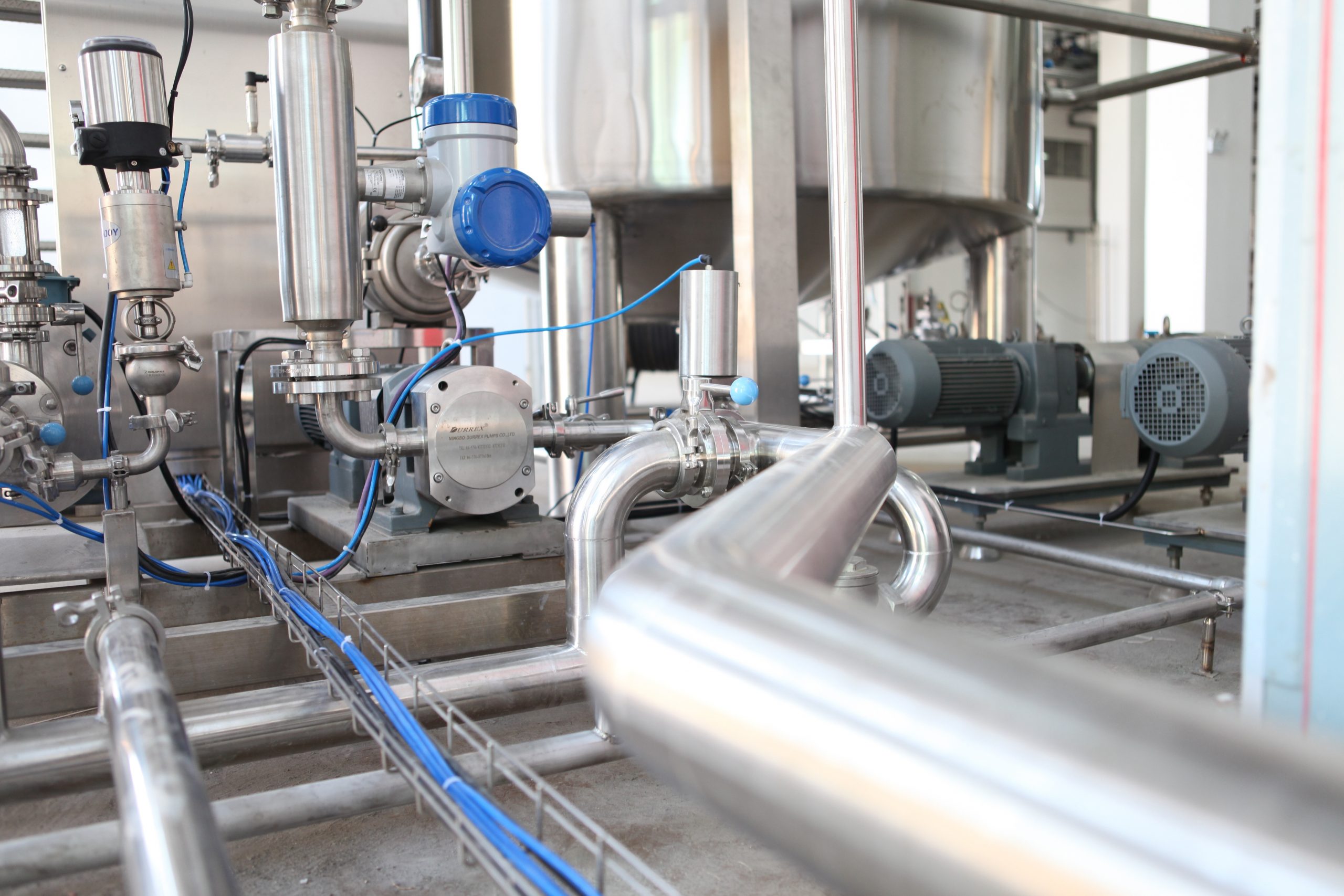1. Industrial & Manufacturing
Implementing AI in industrial and manufacturing processes requires a thoughtful approach, addressing specific challenges and opportunities within each organization. As technology continues to evolve, the potential for AI to enhance efficiency, reduce costs, and drive innovation in the industrial and manufacturing sector is likely to grow. Hotsi has this ability to consider the specific needs and challenges of fiber optic domain and collaborating between engineers, data scientists, programmers, and domain experts to apply AI and create tailored solutions.

2. Design Consulting
Machinery design consulting in the fiber optics industry involves providing expert guidance and support to companies involved in the production and manufacturing of machinery used in the fiber optic industry. This can include the design and development of machinery for processes such as fiber optic cable smanufacturing, fiber drawing, splicing, and testing. Hotsi is providing a broad range of design solutions in fiber optic machinery from tooling and die, material handling to testing and inspection.

3. Technology adaptation
Hotsi has this ability to evaluate the fiber optic cable manufacturing process and incorporate proper AI solutions for manufacturing process. Technological adaptation is essential for staying competitive and efficient in fiber optic environments where technology evolves rapidly. By AI technology adaptation in fiber optic manufacturing process the manufacturer will be able to test and inspect their products in real time with higher precision and accuracy.

4. Analytics & automation
The integration of automation in the fiber optic industry not only improves the efficiency of manufacturing processes but also contributes to the reliability and performance of fiber optic networks. As technology continues to advance, further innovations in automation are expected to enhance the capabilities and sustainability of the fiber optic industry. Incorporating AI in manufacturing process will create tremendous amount of data that can be analyzed to identify inefficiencies and areas for improvement. The results out of these analysis can be make as a real-time decision making in manufacturing automation system.
